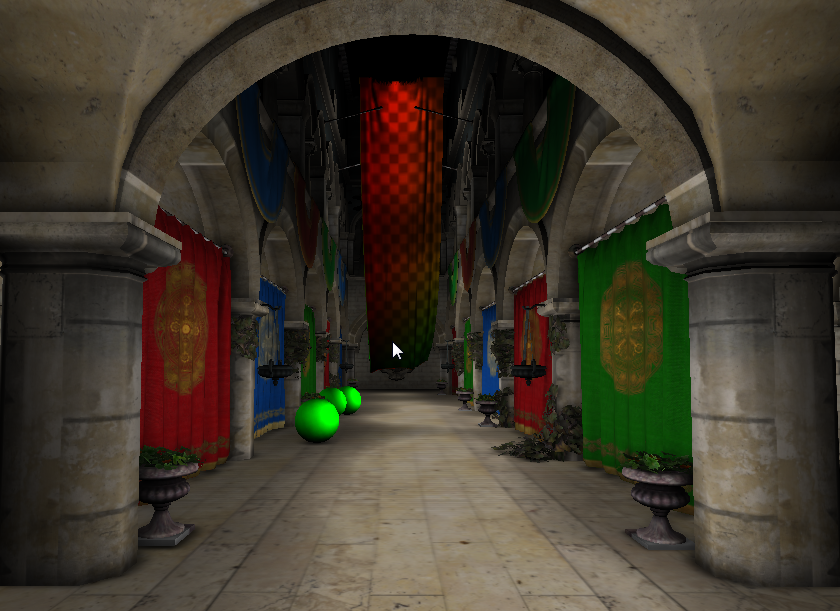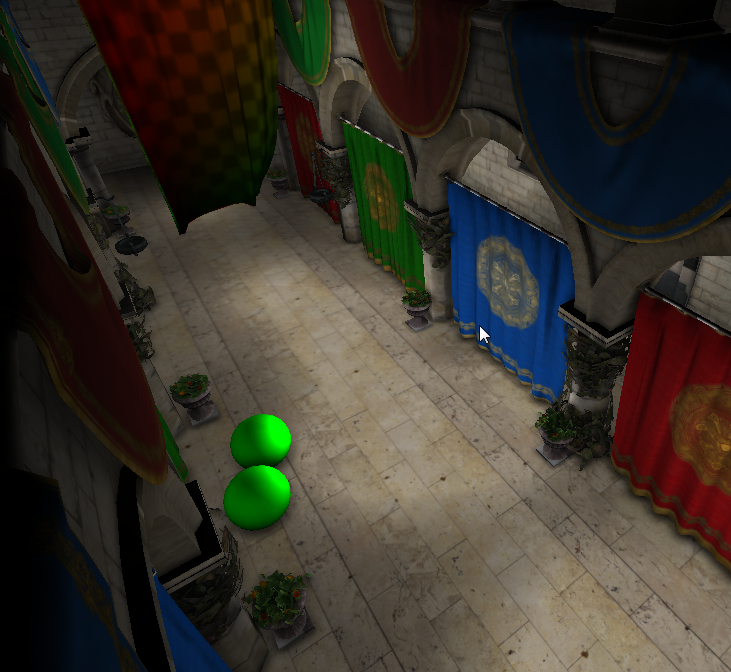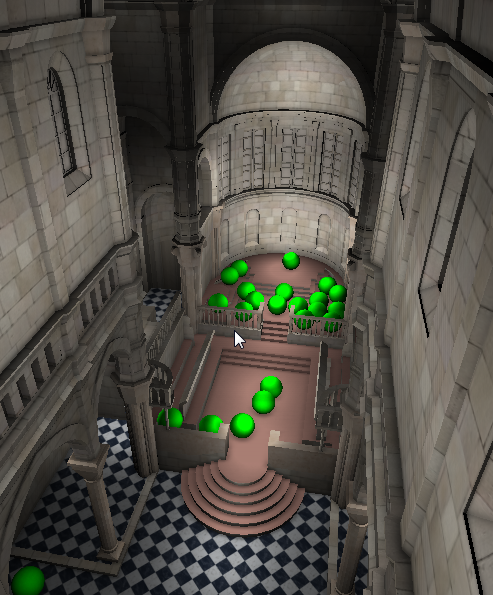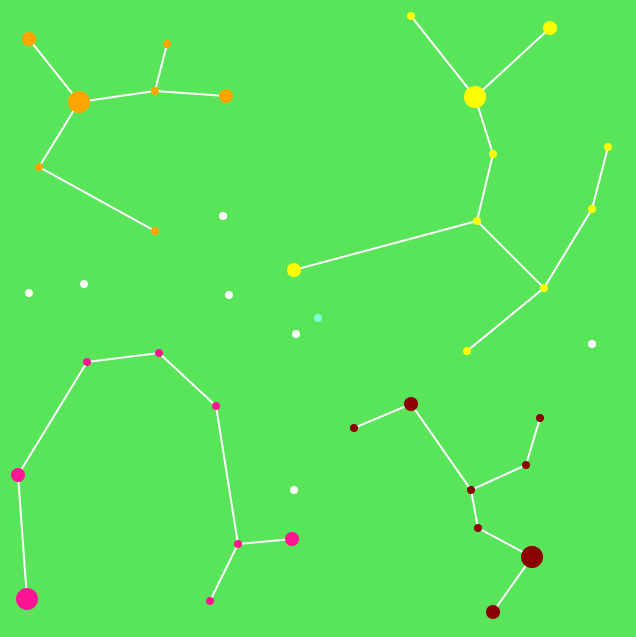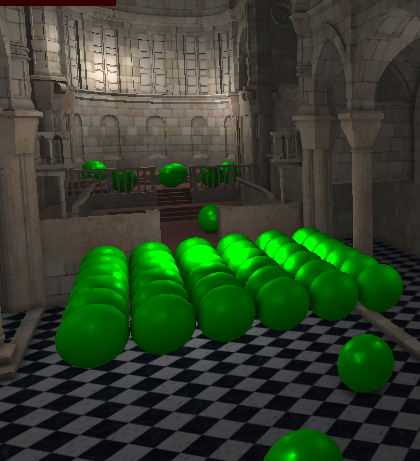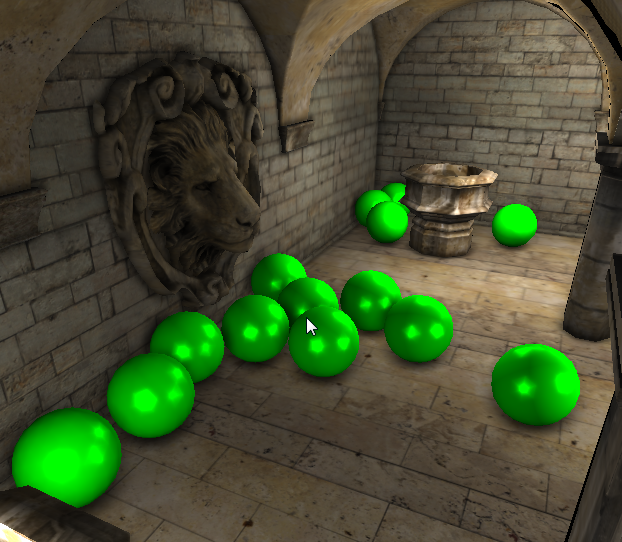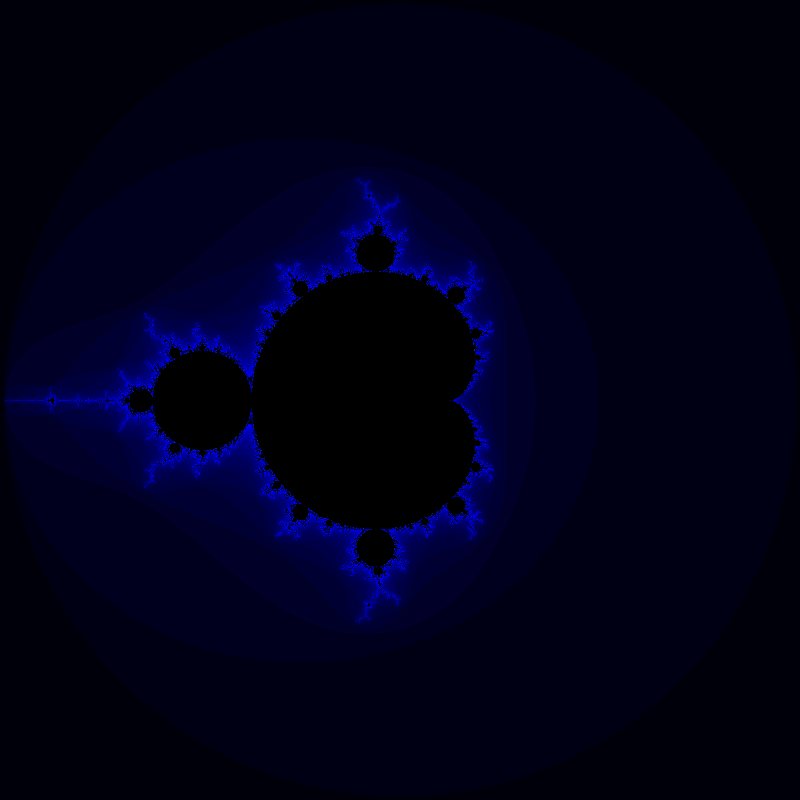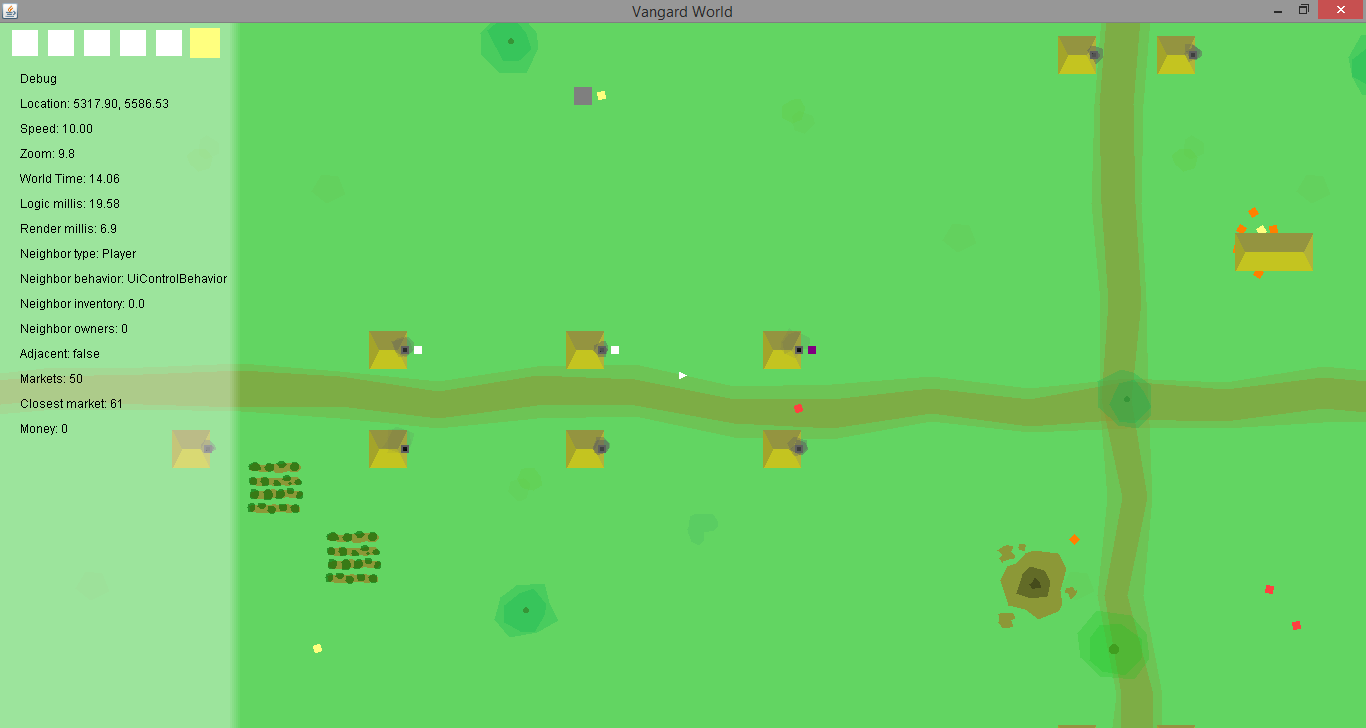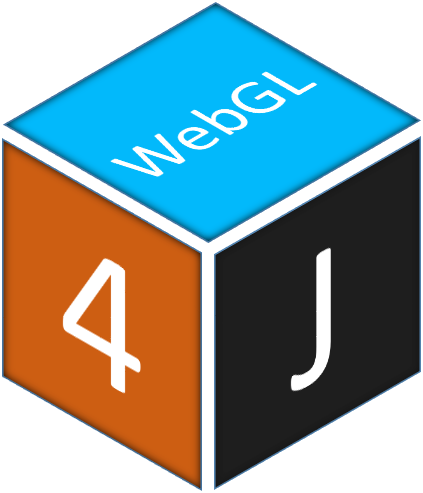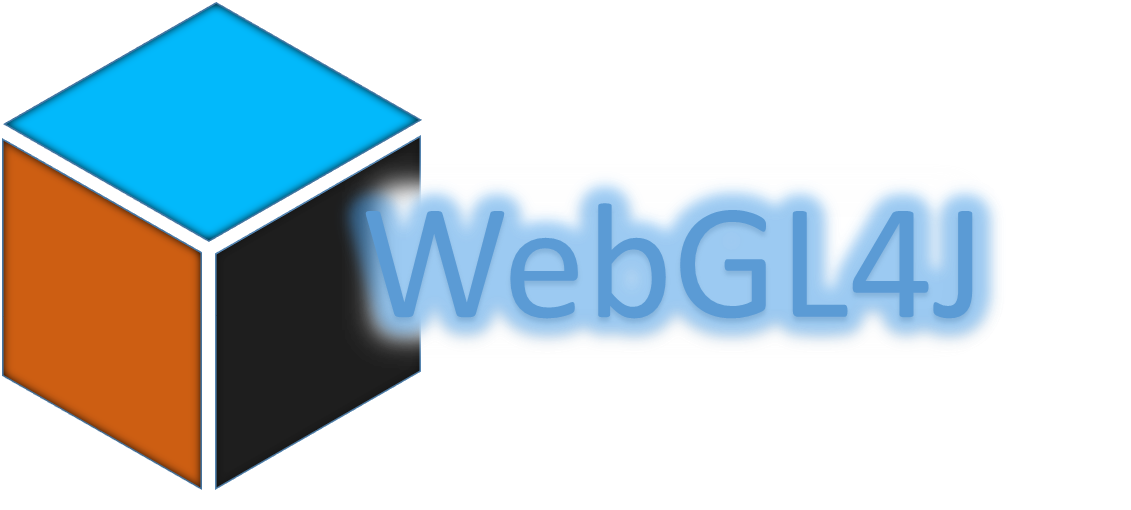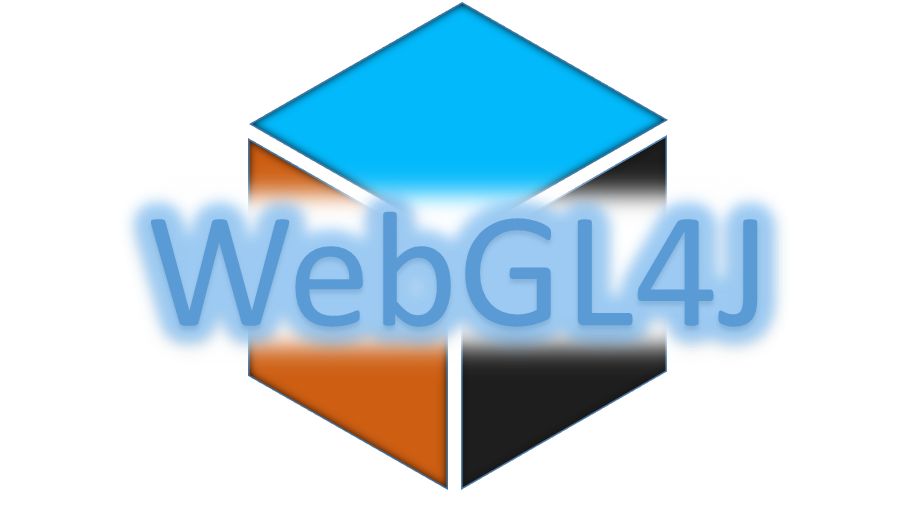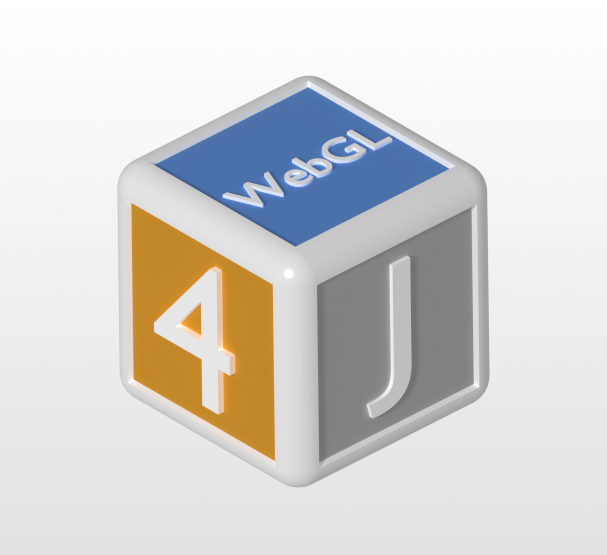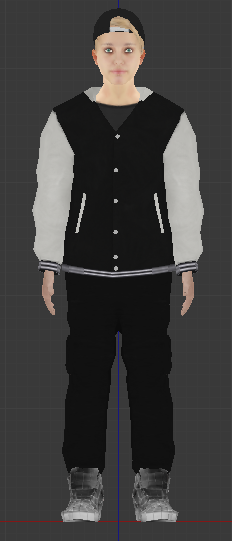You don’t worry about it. When the code is hot (getting called a lot in a short time) then it isn’t costing you much. Probably less than one CPU cycle. If the place where the conversion is happening is cold most of the time…then it probably doesn’t amount to much wastage in total.
http://puu.sh/kJLRK/0b472ee4c7.png
[sub]- DOWNLOAD -[/sub]
DESKTOP | ANDROID
Recently I’ve scaled back and just tried to finish a project (namely the one pictured above), however I’ve struggled to make what I’m working on very compelling or fun.
I’m going to try focus on school for the final month of the school year leading up to exams, then I’ll work on something new afterwards.
Premise of the game:
Collect the balls with your paddle (controlled by mouse or A/D)
As you missthe balls, your paddle gets smaller. When you have no more paddle left, you lose.
Started on generating paths between settlements in my game. There are some shortcomings in the logic (the paths for the purple nation are very suboptimal  ) and I don’t know how to generate paths through the neutral (white) areas.
) and I don’t know how to generate paths through the neutral (white) areas.
…also learned that my game might be classified as pseudoroguelike.
@ags1: here’s relatively simple algorithm to find minimum-spanning-trees:
https://en.wikipedia.org/wiki/Kruskal’s_algorithm :point:
My current approach is to start with the capital, and add a path to the nearest village; then add the next village nearest to the two connected villages and so on. It means all villages have a path back to the capital.
I need to “denormalize” this somewhat, so that nearby villages have shortcuts. For example, the paths for my purple nation are OK, but there should be a shortcut path closing the ring. I could either do this by simple proximity (all villages with 1.5km of each other get a connecting path) or I can add paths where the new path reduces the total distance from all villages to the capital. The first idea would not fix the purple nation, but the second would. Maybe I should do both…
Created a (very rough) fractal generator. It can currently render the Mandlebrot set and all Julia sets at incremental zoom levels up (or down) to the precision of a double (I know, it’s not good enough). It also has the ability to “record” a video zooming out from the current point.
- By record I mean that it renders images of the fractal at incremental zoom levels. The images are then exported to video with Windows Live Movie Maker.
0SuBiFkYl1Q
After video creation and youtube compression, the fractal doesn’t look nearly as good 
Next steps are to improve visual appeal, improve render speed, export a very (very) large image to explore, and export a (much) higher quality video. 
What you mean?
Render target need to be HDR and all emissive/cubemap textures.
I have tried to make a logo with the help of a friend Drenius for WebGL4J, a WebGL wrapper for Java.
I personally prefer b[/b] and b[/b], and would like to know opinions of others too. Which one do you prefer most? Also any suggestions are appreciated.
I also prefer A and C, B is horrible imo. I think the cube parts should be a bit chunkier personally. C is nice but the text is a bit overbearing. A is the opposite, nice but too subtle.
Wow, that’s pretty awesome! Can I take it?
Yeah sure. If you want it on a transparent background and any other changes just say. You can have the .blend I rendered it from also if you’d like.
I just want to keep it as a token of history, it looked so cool. But for the project itself, I went with b[/b] since most recommended it to me over the other versions.
Got a sub-16 ao100 - in other words, the average of my last 100 logged Rubik’s cube solves were mostly in the 15 second range! Climbing the global rankings 
I haven’t done much in terms of programming. Haven’t really got much to do, since I’ve touched on almost everything I’ve wanted to… neural nets, graphics, networking, reverse engineering, many languages, killer arch system w/ awesomewm. I just… don’t know what to do.
It’s making me pretty sad actually 

